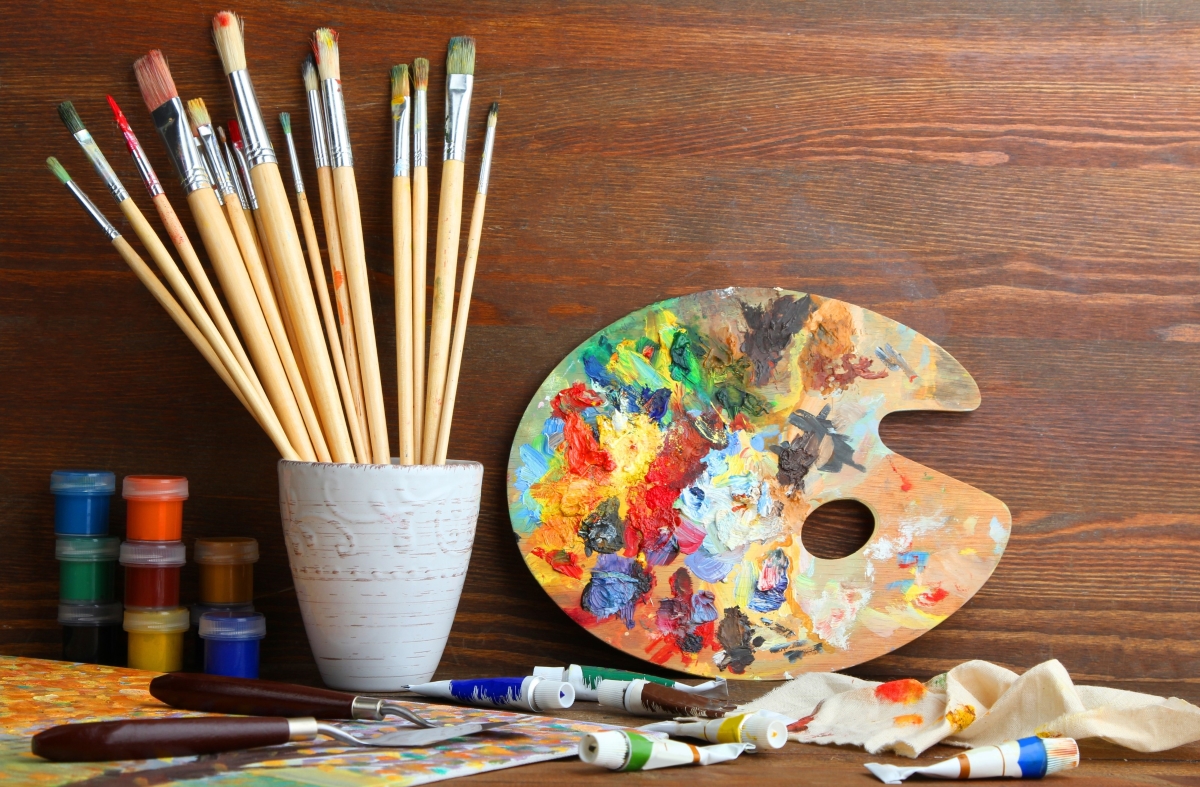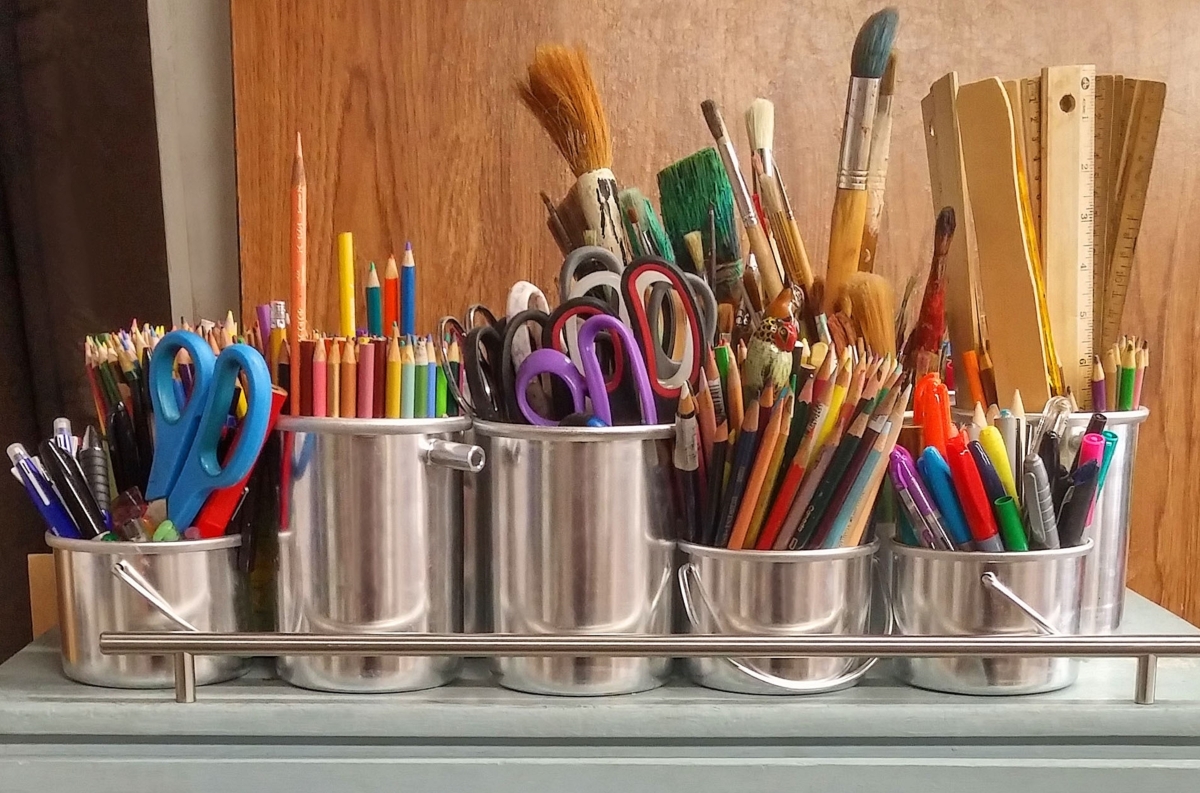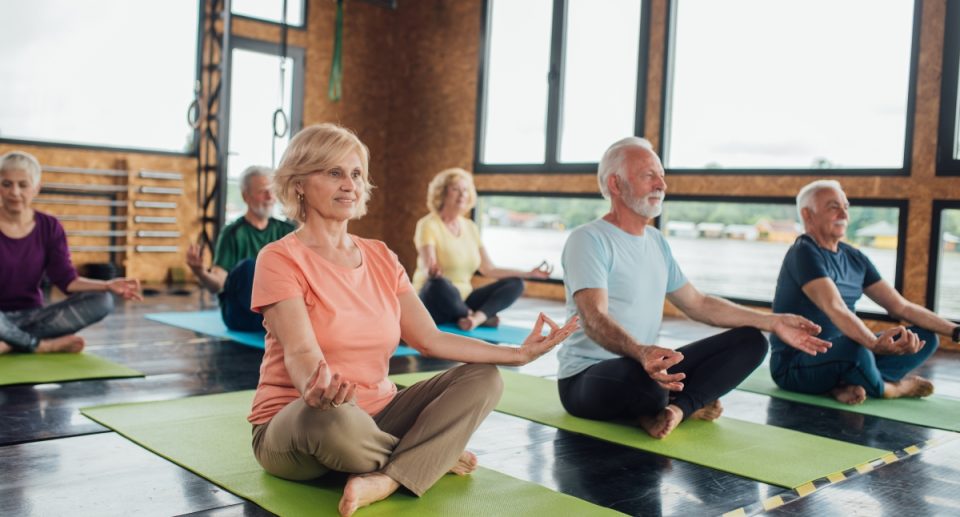How Can I Explore Creative Arts in My Retirement Years?

Retirement is a new chapter of life brimming with opportunities to explore passions and hobbies that may have been set aside during the hustle of a career. Diving into creative arts is one of the most fulfilling ways to embrace this stage. Engaging in artistic activities sparks joy and provides numerous benefits, from improving mental health to fostering social connections. This blog post is designed to guide seniors through the exciting world of creative arts, offering practical tips and inspiration for making the most of these vibrant years. Whether you’re interested in painting, music, dance, or crafting, this guide will help you discover how to incorporate these enriching activities into your retirement routine.
1. Understanding the Benefits of Creative Arts in Retirement
Mental Health and Cognitive Benefits
Creative arts are more than just enjoyable pastimes—they can significantly boost cognitive health. Activities such as painting, writing, or playing an instrument stimulate brain function and can enhance memory and concentration. Engaging in these activities has been linked to reduced rates of cognitive decline, making them a valuable component of a healthy lifestyle. Additionally, the process of creating art can lower stress levels, providing a therapeutic outlet for managing anxiety and promoting relaxation.
Emotional and Social Benefits
Participating in creative arts can also have profound emotional benefits. Many find that artistic endeavors help build self-esteem and foster a sense of accomplishment. The satisfaction derived from creating something unique and personal can be incredibly rewarding. Beyond the personal benefits, engaging in group activities, such as art classes or community theater, provides opportunities for social interaction, helping to combat loneliness and build meaningful connections with others.
Physical Health Benefits
While the physical benefits of creative arts might not be as immediately apparent, they should not be underestimated. Activities like pottery or woodworking require fine motor skills and hand-eye coordination, which can help maintain dexterity and prevent the decline of these skills with age. Moreover, some creative pursuits, such as dance, involve physical movement contributing to overall fitness and flexibility.
2. Exploring Different Forms of Creative Arts

Visual Arts
- Painting and Drawing: These classic forms of visual art offer a wide range of styles and techniques to explore. Beginners might start with simple watercolor or acrylic painting classes, which are often available at community centers or local art schools. Online tutorials can also provide a great introduction. Local art communities frequently host workshops and exhibitions, offering both learning and showcasing opportunities.
- Photography: Capturing moments through photography allows for self-expression and creativity. Starting with a basic digital camera or even a smartphone, seniors can learn about composition, lighting, and editing through online courses or local photography clubs. Photography can also be a social activity, with groups often organizing outings and exhibitions.
Performing Arts
- Music: Learning a new instrument or joining a choir can be both exhilarating and socially engaging. Many community centers and senior centers offer music classes designed for various skill levels. Participating in group performances or even casual jam sessions provides a sense of accomplishment and connection.
- Dance: Dance is an excellent way to stay active and have fun. Whether interested in ballroom, jazz, or line dancing, seniors can find classes that cater to all skill levels. Dance not only improves physical health but also boosts mood and social interaction.
Crafts and Handmade Arts
- Knitting and Sewing: These crafts offer a relaxing and productive way to spend time. Many seniors enjoy creating handmade items like scarves, blankets, or clothes. Local craft stores and community groups often provide classes and meetups where enthusiasts can share tips and techniques.
- Pottery and Sculpture: Pottery and sculpture provide hands-on creativity with tangible results. Beginner pottery classes can introduce seniors to techniques such as wheel throwing and hand-building. Sculpture workshops offer a way to work with different materials and develop unique pieces.
Writing and Literature
- Creative Writing: Writing stories, poems, or even memoirs can be a deeply fulfilling creative outlet. Many seniors enjoy joining writing workshops or groups where they can share their work and receive feedback. Creative writing stimulates the mind and allows for personal reflection and expression.
- Book Clubs: Joining a book club can combine a love of reading with social interaction. Book clubs provide a space for discussion, intellectual engagement, and the opportunity to connect with others who share similar interests.
3. How to Get Started
Identifying Your Interests
Start by reflecting on your past interests or exploring new ones. Consider what activities you have enjoyed or new hobbies you’ve always wanted to try. Experiment with different art forms to find what resonates most with you. Many community centers and online platforms like Udemy offer introductory classes that allow you to sample various creative pursuits.
Finding Local Resources and Classes
Community centers, local colleges, and art schools often offer classes specifically designed for seniors. These classes provide instruction and a supportive environment to practice and improve skills. Online platforms offer a wide range of courses, from painting to creative writing, allowing you to learn at your own pace.
Setting Goals and Creating a Routine
Establishing goals and a routine can help integrate creative activities into your daily life. To keep yourself motivated, set small, achievable goals, such as completing a painting or writing a short story. Designate specific times during the week for your creative pursuits to ensure they become a regular part of your schedule.
4. Overcoming Common Challenges

Dealing with Self-Doubt
It’s common to feel apprehensive when starting something new. Remember that the goal is to enjoy the process rather than achieve perfection. Embrace your creativity and the joy of learning. Sharing your work with others can also provide encouragement and constructive feedback.
Finding Time and Space
Balancing a new hobby with daily responsibilities can be challenging. Carve out dedicated time in your schedule for creative activities, and create a space in your home where you can work comfortably. This could be a corner of a room or a small studio dedicated to your art.
Staying Motivated
Maintaining motivation can be challenging, especially when starting a new activity. Setting short-term goals, tracking progress, and celebrating achievements can help keep you engaged. Connecting with others who share your interests can also provide encouragement and inspiration.
5. Showcasing Your Work and Engaging with the Community

Participating in Exhibitions and Shows
Many communities host exhibitions and shows that provide opportunities to display your artwork or performances. Participating in these events can offer a sense of accomplishment and validation. It also allows you to connect with other artists and gain new insights into your craft.
Online Presence and Sharing
Creating an online presence, such as a blog or social media account, can be a great way to share your work with a broader audience. You can also join online forums or communities related to your art form to engage with others and receive feedback.
Volunteering and Teaching
Volunteering to teach art classes or workshops can be a fulfilling way to share your skills with others. Many community centers and schools welcome volunteers who can offer their expertise. This helps others and provides a sense of purpose and community involvement.
Conclusion

Exploring creative arts in retirement offers many benefits, from enhancing mental and emotional well-being to fostering social connections and physical health. By discovering new interests, finding local resources, and overcoming common challenges, seniors can enrich their lives with creative pursuits. Whether you choose to paint, dance, write, or craft, embracing these activities can lead to a fulfilling and vibrant retirement. Dive into the world of creative arts and discover how these pursuits can bring joy and a renewed sense of purpose to your retirement years.





